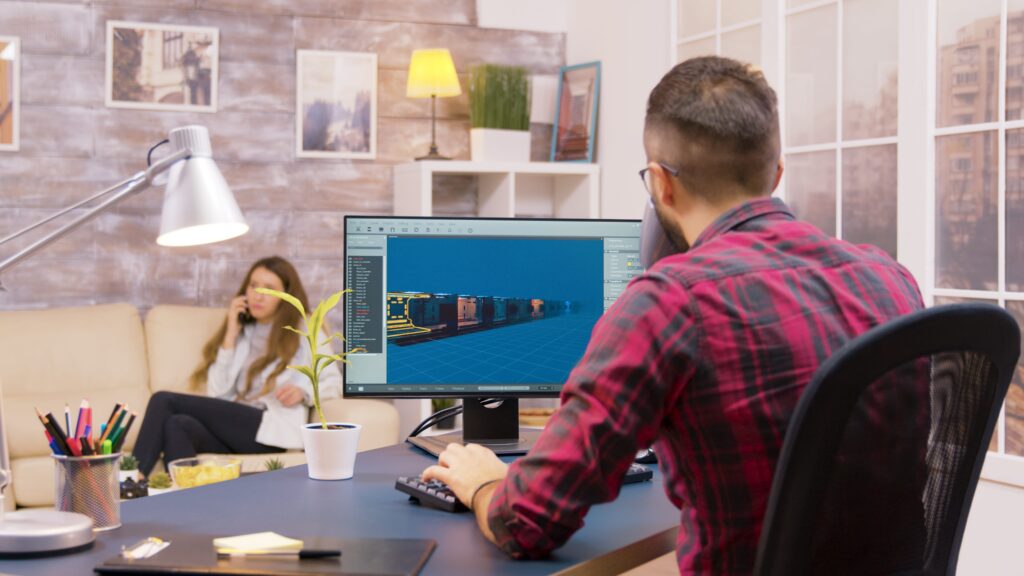In recent years, 3D printing technologies have revolutionized the manufacturing industry, offering new possibilities and opportunities across various sectors. This cutting-edge technology, also known as additive manufacturing, allows for the creation of three-dimensional objects from digital models by layering materials such as plastics, metals, and ceramics.
The versatility and precision of 3D printing have opened up a world of possibilities, from rapid prototyping to customized medical implants. In this article, we will delve into the various 3D printing technologies that are shaping the future of manufacturing.
Fused Deposition Modeling (FDM)
Fused Deposition Modeling, or FDM, is one of the most commonly used 3D printing technologies. In FDM printers, a thermoplastic filament is heated and extruded through a nozzle, layer by layer, to create the desired object. This technology is popular for its affordability and accessibility, making it a favorite among hobbyists and small businesses.
Stereolithography (SLA)
Stereolithography, or SLA, uses a process called photopolymerization to create 3D objects. A UV laser is directed onto a vat of liquid resin, solidifying it layer by layer to form the final product. SLA is known for its high level of detail and accuracy, making it ideal for creating intricate prototypes and models.
Selective Laser Sintering (SLS)
Selective Laser Sintering, or SLS, is a 3D printing technology that uses a high-powered laser to sinter powdered materials, such as nylon or metal, into a solid structure. SLS is valued for its ability to produce durable and functional parts with complex geometries, making it a popular choice in industries like aerospace and automotive.
Digital Light Processing (DLP)
Digital Light Processing, or DLP, is similar to SLA but uses a digital light projector to cure the resin. This technology offers fast printing speeds and high resolution, making it suitable for applications that require quick turnaround times and fine details.
Binder Jetting
Binder Jetting is a 3D printing process that uses a liquid binding agent to bond powdered materials together. This technology is often used for creating full-color prototypes and complex geometries that are not easily achievable with traditional manufacturing methods.
Material Jetting
Material Jetting works by jetting droplets of liquid photopolymer onto a build platform and then curing them with UV light to create solid layers. This technology enables the production of multi-material and multi-color parts with high accuracy and surface finish.
Direct Metal Laser Sintering (DMLS)
Direct Metal Laser Sintering, or DMLS, is a 3D printing technology that uses a high-powered laser to sinter metal powders into solid parts. DMLS is widely used in the aerospace and medical industries for producing high-strength metal components with complex geometries.
Electron Beam Melting (EBM)
Electron Beam Melting, or EBM, utilizes an electron beam to melt and fuse metal powders together, layer by layer, to create fully dense metal parts. EBM is known for its ability to produce parts with excellent mechanical properties and is commonly used in the production of aerospace components.
Continuous Liquid Interface Production (CLIP)
Continuous Liquid Interface Production, or CLIP, is a revolutionary 3D printing technology that uses a combination of light and oxygen to cure liquid resin into solid parts continuously. CLIP offers unprecedented speed and quality, making it a game-changer in the additive manufacturing industry.
Bioprinting
Bioprinting is a specialized form of 3D printing that uses living cells and biomaterials to create tissues and organs. This groundbreaking technology has the potential to revolutionize healthcare by enabling the production of personalized implants and tissues for medical applications.
Conclusion
3D printing technologies are rapidly evolving and reshaping the future of manufacturing across industries. From rapid prototyping to customized medical implants, the versatility and precision of additive manufacturing have unlocked a world of possibilities. As technology continues to advance, we can expect even more innovative applications and breakthroughs in the field of 3D printing.
Key Takeaways:
- 3D printing technologies have revolutionized manufacturing, offering new possibilities and opportunities.
- Various 3D printing technologies like FDM, SLA, SLS, DLP, and more cater to different needs in the industry.
- Additive manufacturing enables rapid prototyping, customized medical implants, and intricate models.
- The future of manufacturing is bright with continuous advancements in 3D printing technologies.
For those looking to further explore the innovative world of additive manufacturing and its applications, consider enhancing your skills and knowledge by enrolling in the “NYU Animation Industry Essentials” online course and certificate program offered by Yellowbrick. Stay ahead in the rapidly evolving field of 3D printing and unlock endless career opportunities.




